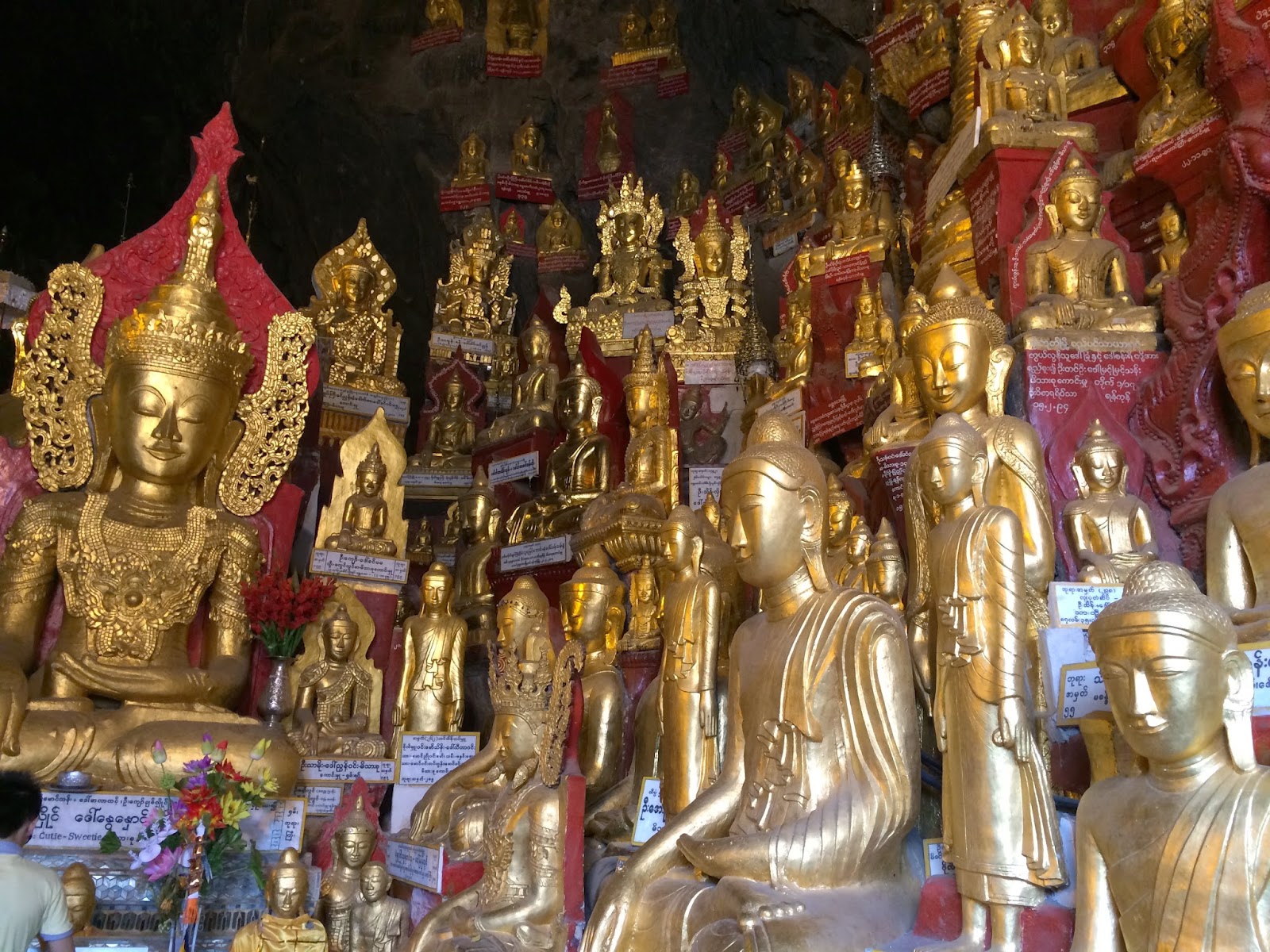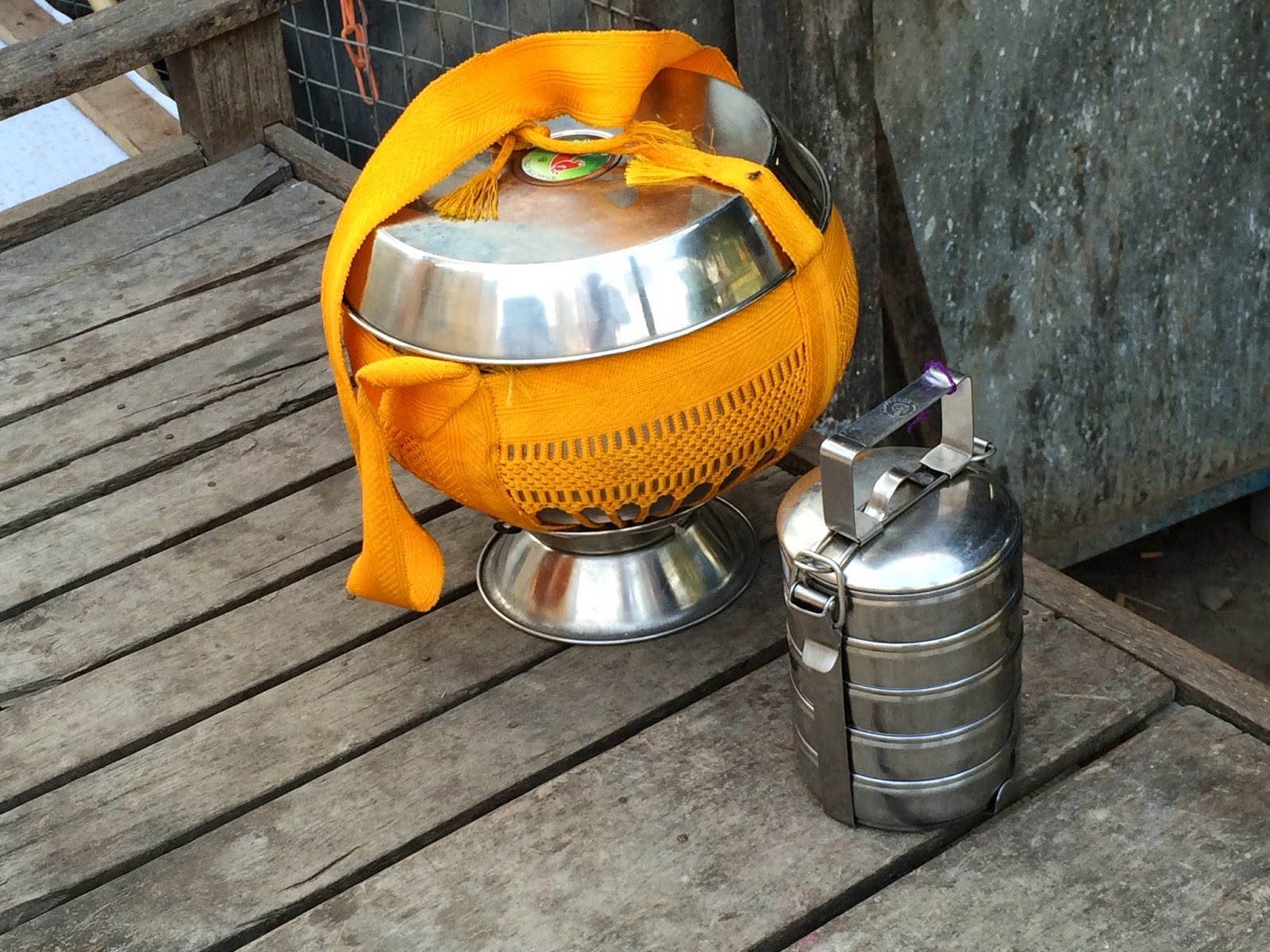My Sri Lankan visa states
that I have come to the country for medical treatment, which is pretty ironic
because I am basically healthier than I have ever been. Nonetheless, I’m here for almost a month of
an Ayurveda cure to rid my body of accumulated sludge (inside) and blubber
(outside), and perhaps take the peace I’ve achieved to the next level.
Ayurveda,
native to the Indian subcontinent, is one of the world’s oldest holistic
systems of traditional healing. Developed
over 5,000 years ago, it is based on the belief that wellness depends on a
delicate balance between the mind, body, and spirit. The primary focus of
Ayurvedic medicine is to promote good health and vitality rather than fight
disease (though this can also be done).
Anything
that negatively affects one’s physical, spiritual, or emotional well-being (years
of poor eating habits, incomplete
elimination of waste matter, inadequate rest, stress, injury,
age, trauma, pollution, and so on) results
in production and accumulation of toxins which in turn do a number on the
doshas. During
the purification process, these toxins are collected from various parts of the body
and expelled so that the following rejuvenation will be more effective.
Week 1: Wow, 2-3 hours of Ayurveda treatments per day consisting of herbal inhalation, steams, hot baths,
acupuncture, and most of all, massages: head, face, neck and shoulders, hand,
foot, and a seemingly infinite variety of whole-body massages (synchronized
4-handed, exfoliating with powder, intensive, with muslin-wrapped herbs,
gentle). The therapists are a lovely
bunch, always ready with a smile, a frangipani blossom, and a “How are you today,
madame?” But as soon as they have me on
the table, it’s all business and no chitchat – and no strategically draped
sheet or towel, either – and many of the
body massages are full frontal.
In addition, there’s invigorating morning yoga and individually prescribed medicines to be taken twice daily. Unhurried pace, plenty of time for reflection, and there’s even meditation, led by a real live, orange-robed, four-foot-ten monk. My room is spacious and quiet with ocean view, firm bed and pillows; easily digested meals are prepared; and I can eat my fill of tri-dosha approved papaya.
Week 2: My
skepticism of this whole Ayurvedic schtick is at its peak as I undergo my shirodhara period. Shirodhara is the classic
procedure whereby warm medicated oil is poured slowly and continuously back and
forth across the forehead (sometimes called a mind massage). The head is then
wrapped in cotton cloth to protect the vatta from the air. The procedure is
repeated every day for a week and during this whole time I’m not allowed to
wash my oil-drenched hair – ew! It’s
reputedly an excellent therapy for stress management and relaxation, dissolving
mental demons, calming nerves, releasing pent-up emotions, expanding
consciousness, but all I feel is an itchy scalp.
And then there was a nasty nasal
cleaning that involved oil infused with pepper, garlic and chilies squirted up
the nose, followed by some very un-ladylike snorting and spitting.
Who would’ve ever thought that massage
could get monotonous?!
Can’t stand the woodsy, earthy, nutty smell
of the oil any more.
The food is uninspired: curry, curry,
and more curries. All I can focus on is
what there’s not:
No caffeine
No bread
No pasta
No pizza
No red meat
No snacks
No alcohol
No chocolate
No cookies
Despite these massive sacrifices, I’ve
hardly lost any weight while all around me are bragging of their losses. And I’m still missing coffee and cocktails
sumpin’ awful.
My medicine – an unappetizing smorgasbord
of pills, powders, and decoctions – tastes exactly like the tree bark and
bitter roots it’s made from, and for what?
I was more regular before I got here. I swear, a good lay and a
thorough colonoscopy would accomplish the same in a fraction of the time.
 |
| herbal soup and warm water for breakfast |
 |
| my meds |
Week 3: Have calmed down and am savoring special treatments given long-term guests. Consistently sleeping a solid 8 hours. Discovered curried okra on the buffet, and the kurakkan roti are not a bad sub for bread. Am convinced the doctors are genuinely interested in our well-being and actually care about the nature and number of our bowel movements. Yoga with Ravi first thing is simply the best: asanas and pranayama under blue skies and palm trees, watching the chipmunks, kingfishers, and egrets flitting across the lawn and the waves breaking on the beach.
Fazit: A
certain equanimity has set in. I am so
relaxed, it’s decadent. My doshas must
be delighted because my whole being feels clear, serene and rejuvenated. And I’ve dropped 2 kgs after all. OK, maybe
my goal was unrealistic and maybe months of excessive indulgence can’t be made
up for so quickly. Besides, Dr. Nalindra
claims I am at my “medically ideal weight” and so since Ayurveda preaches
self-love and self-respect and self-acceptance, I am trying hard to quell my
inner cosmetic critic and embrace me as I am, frizz, freckles and all. (See?
I didn’t say “fat” although the alliteration would have been pleasing.) Ayubowan!



















































